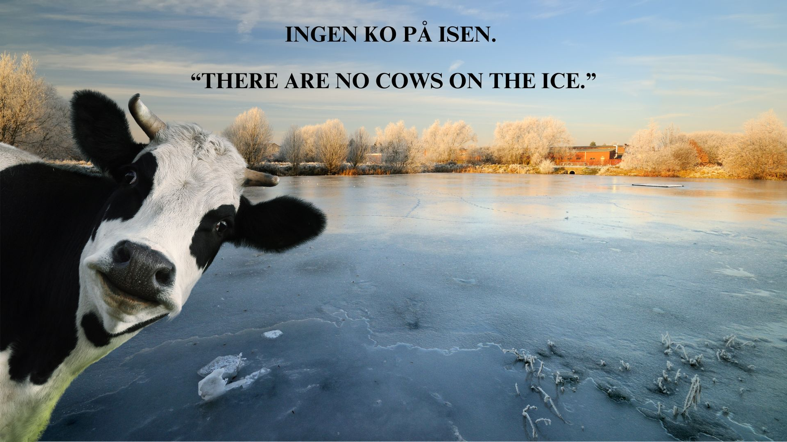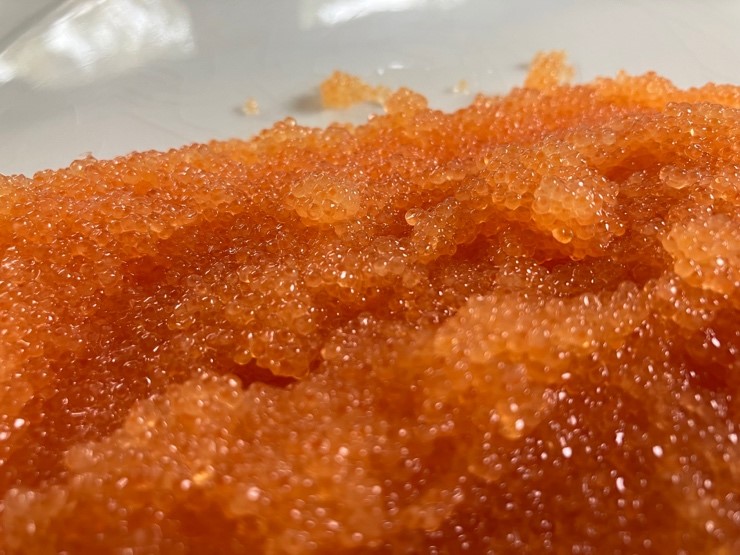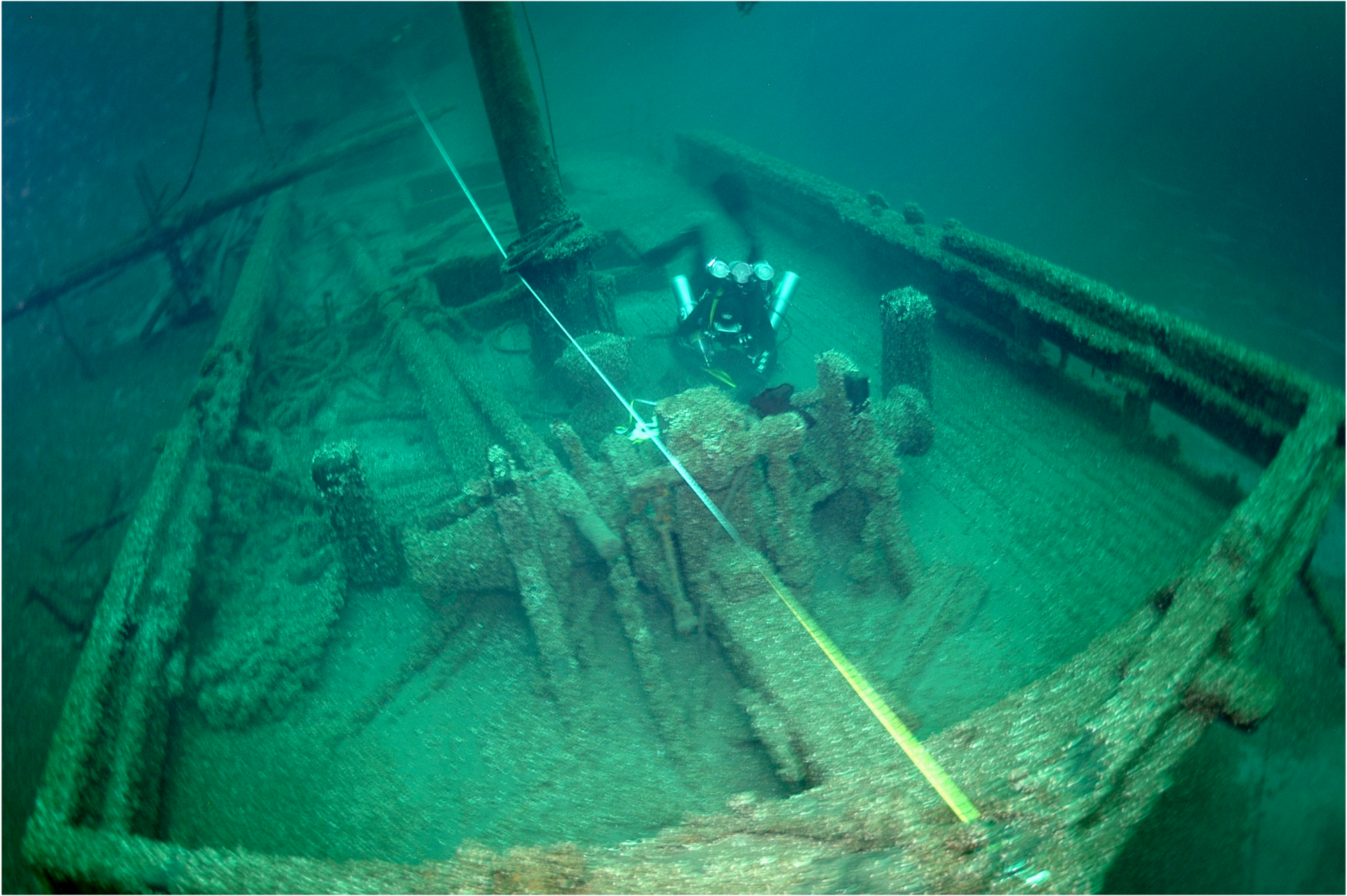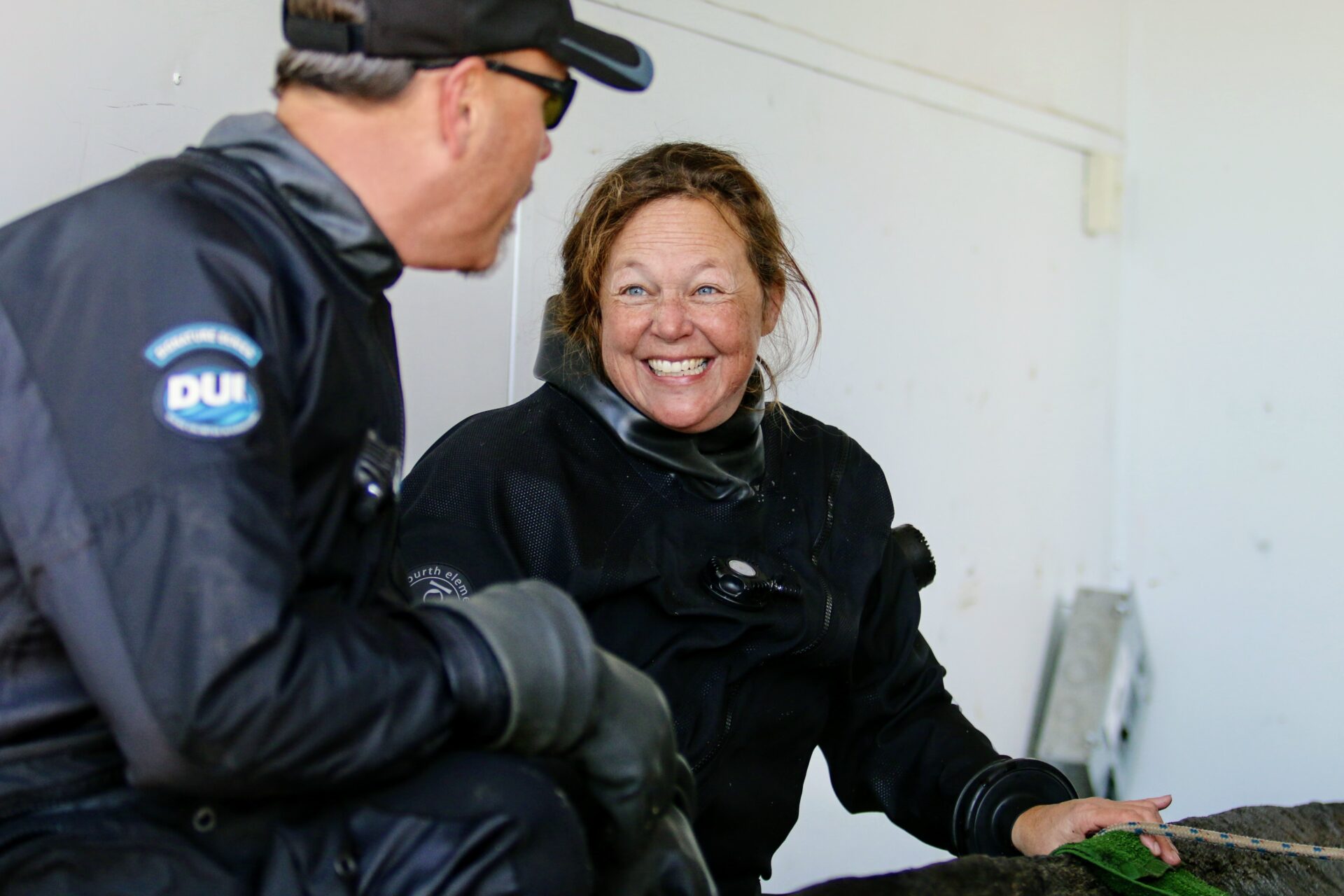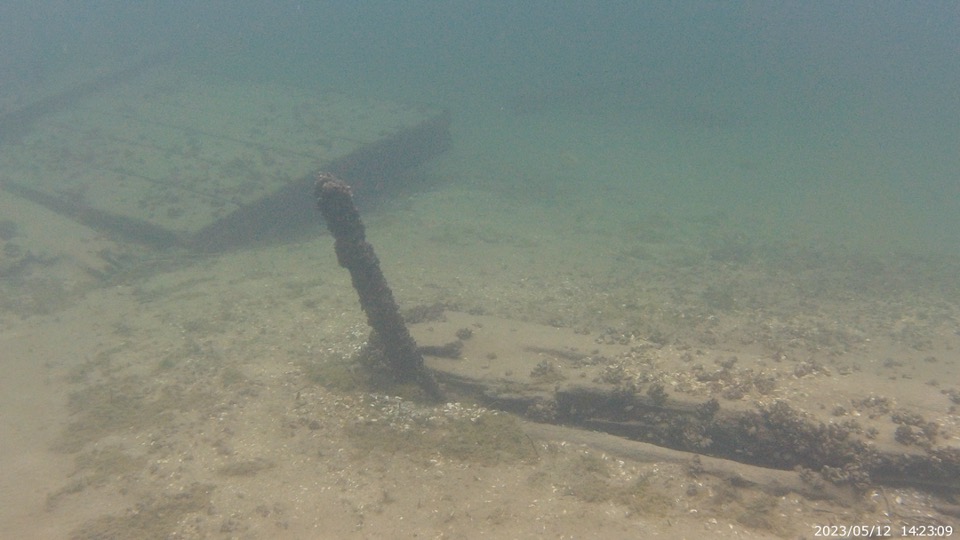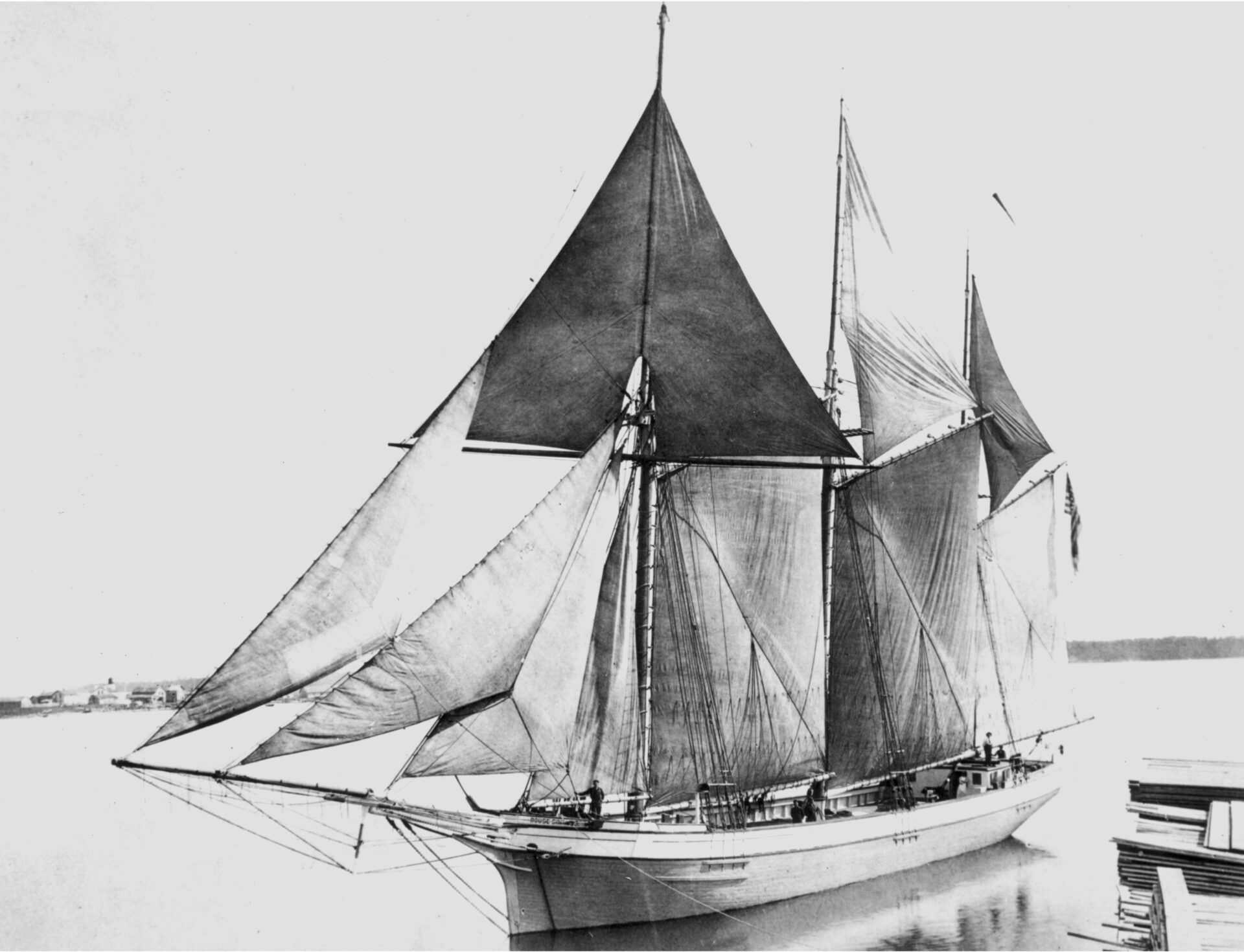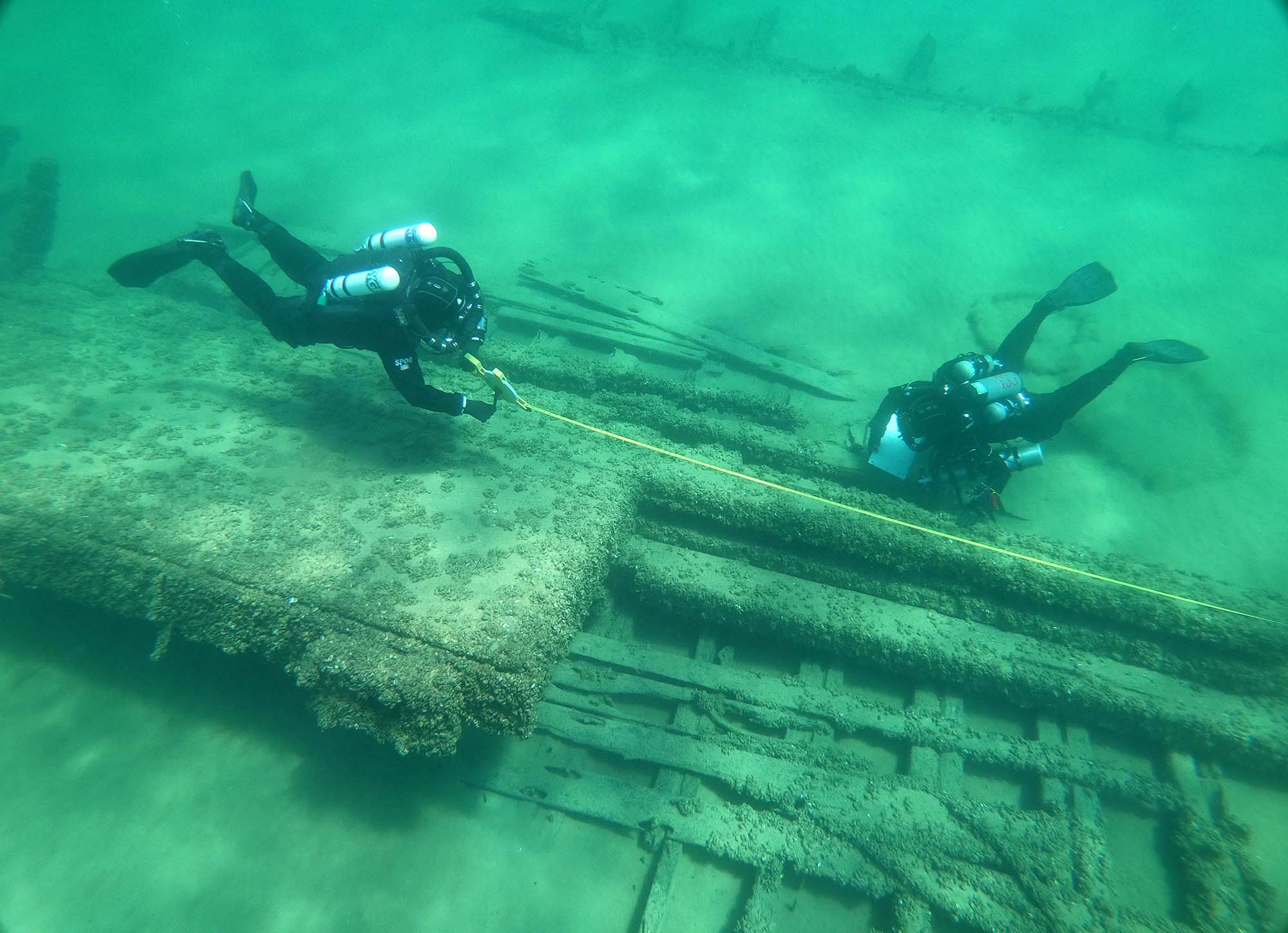Dense Fog Advisory issued February 1 at 7:12AM CST until February 1 at 10:00AM CST by NWS Green Bay WI
Current watches, warnings, and advisories for Brown County (WIC009) WI
Current watches, warnings, and advisories for Brown County (WIC009) WI
https://api.weather.gov/alerts/urn:oid:2.49.0.1.840.0.5f8d4747adb7404a470fa270c2e589dc0751941f.002.1.cap



